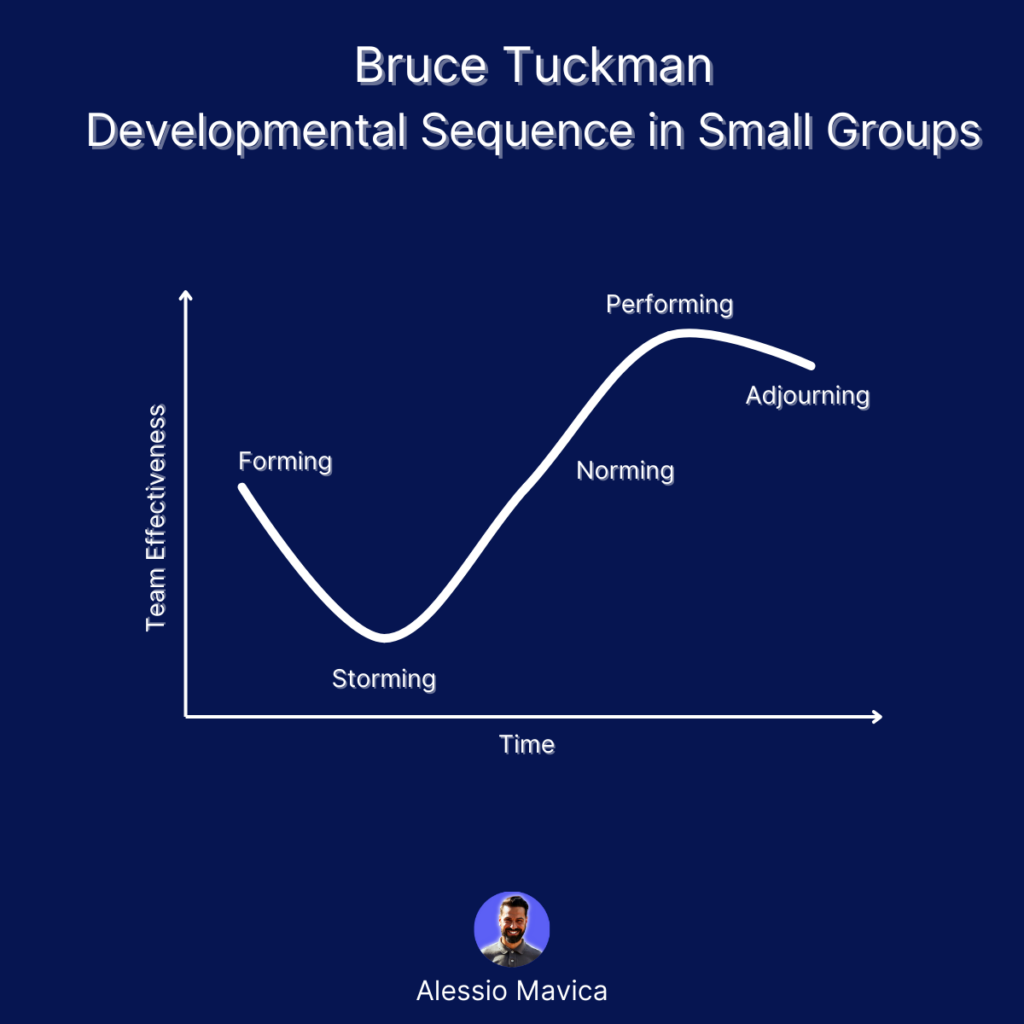Proactive Project Monitoring with BerryDunn
Building a Foundation for Effective Project Monitoring
The Role of Clear Objectives
Before diving into the nitty-gritty of monitoring, let’s talk objectives. Ever started a project that seemed straightforward on paper but quickly spiraled out of control? I bet you have; we’ve all been there. Establishing clear, measurable objectives from the get-go is crucial. It sets the benchmark for your monitoring efforts and aligns everyone on what success looks like. Remember, vague objectives are the enemy of effective monitoring. By defining what you aim to achieve, you can maintain focus and purpose throughout the project lifecycle.
Standardizing Operations with AgencyDots
Have you ever thought about how much smoother things would run if everyone followed the same procedures? Consistency is king. Utilizing a platform like AgencyDots can help you standardize operations, making monitoring less of a headache. It’s designed to manage all your projects in a single system, helping you gain visibility and boost profitability. Imagine having a centralized dashboard where you can track every aspect of your project seamlessly. No more hunting down information or dealing with fragmented tools. Standardizing your processes not only streamlines your operations but also ensures that everyone is on the same page.

Automating and Streamlining Processes
Leveraging Technology for Monitoring
Let’s be real, manual monitoring is not only tedious but also prone to errors. Why not automate repetitive tasks? Leveraging technology for monitoring can save you time and reduce the margin for error.
Automated Client Reporting
For instance, automated client reporting can be a game-changer. Imagine generating insightful reports with just a few clicks. This not only frees up your time but also ensures accuracy and consistency in your updates. Dive into this topic more in our article How to Automate Client Reports Effectively in 2024.
Enhancing Visibility and Accountability
Regular Check-ins and Progress Updates
Regular check-ins—ever tried them? They keep everyone accountable and offer a real-time snapshot of where things stand. It’s all about maintaining that momentum and addressing issues before they become roadblocks. If you’re curious to know more about enhancing visibility, don’t miss our detailed guide on How to Improve Project Visibility in Software Development.
Anticipating and Addressing Scope Creep
Defining Project Scope Early
Ah, scope creep—the bane of many a project manager’s existence. We’ve all experienced it: the seemingly innocuous addition of extra features or requirements that weren’t part of the original plan. Before you know it, your project timeline and budget are in shambles. To combat this, it’s vital to define your project scope early on. Clear, detailed planning is your first line of defense. Establishing boundaries helps manage expectations and provides a reference point when deliberating changes. It’s not just about saying “no”—it’s about understanding the impact of change. Remember Steve’s project last quarter? We had to halt everything to rework features that weren’t even in the initial specs. Nightmare!
Strategies to Track and Manage Scope Creep
Now, let’s talk about tracking and managing these unwelcome additions. Using a combination of tracking tools and regular checkpoints can mitigate the impact. Have you ever tried using a tool like Jira? It’s excellent for tracking changes and assessing their implications. Also, regular stakeholder meetings where alterations are discussed and evaluated critically can prevent scope creep from becoming a nightmare.
Balancing Flexibility with Structure
Agile vs. Waterfall Approaches
The age-old debate—Agile or Waterfall? Each has its merits. Agile offers flexibility and rapid feedback loops, while Waterfall provides a structured, sequential approach. Based on my experience, a hybrid approach sometimes works best. Remember the beta launch we did for the e-commerce platform last year? We started with Agile for the development phase to iterate quickly based on feedback, then switched to Waterfall for the final testing and deployment stages. It was like clockwork. According to a Wikipedia article, hybrid methods can offer the flexibility to adapt while maintaining the necessary structure.
Adaptation and Adjustment Processes
Finally, be open to adaptation. Adjust your processes based on the realities you encounter. Use retrospectives to learn from what did or didn’t work. Flexibility doesn’t mean lack of discipline—it means having the wisdom to change course when needed without losing sight of your goals. Being nimble yet grounded can make all the difference in project success.
Common Challenges and Counterpoints
Recognizing and Addressing Scope Creep
Defining Project Scope Early
Now, you might be thinking, “Is defining the project scope early on really that crucial?” The answer is a resounding yes. Without a well-defined scope, projects can quickly spiral out of control. Establishing clear boundaries and objectives right from the start provides a solid framework within which your team can operate. Additionally, it helps manage stakeholder expectations, reducing the risk of last-minute surprise changes.
Strategies to Track and Manage Scope Creep
But here’s the thing: even with the best-laid plans, scope creep can still sneak in. That’s why it’s essential to have robust strategies in place to track and manage these changes. Implementing change management processes, regular status meetings, and using project management software like Jira can all help keep scope creep at bay.
Balancing Flexibility with Structure
Agile vs. Waterfall Approaches
Now, balancing flexibility with structure is where it gets tricky. You might be thinking, “Isn’t a rigid structure counterproductive to adaptability?” Not necessarily. The key is to find the right balance between the two. The Agile methodology, with its iterative approach and regular feedback loops, offers the flexibility to adapt to changes. On the other hand, the Waterfall methodology’s sequential processes provide a clear, linear path to project completion. Finding a hybrid approach that combines the best of both worlds can be the ticket to project success.
Adaptation and Adjustment Processes
But, adapting to new processes can be challenging. You might wonder, “What if my team resists the change?” Resistance is natural. The solution lies in open communication and involving your team in the process. By incorporating their feedback during retrospectives and making incremental adjustments, you can foster a culture of continuous improvement and adaptability. This, in turn, will lead to a more resilient and efficient project management process.
Remember, it’s not about rigidly adhering to one method or another. It’s about being flexible enough to adjust your approach as needed while maintaining the structured principles that ensure project success.
Summarizing the BerryDunn Approach
Recap of Key Strategies and Benefits
So, where does this leave us? From setting clear objectives and standardizing operations to leveraging technology and balancing flexibility with structure, BerryDunn’s approach to proactive project monitoring is both comprehensive and adaptable. We highlighted the significance of early scope definition, illustrated the efficacy of a hybrid Agile-Waterfall methodology, and discussed strategies for tracking and managing changes. By now, it should be clear that proactive monitoring isn’t just a process—it’s a philosophy that can transform the way you manage projects.
Encouragement to Implement Proactive Monitoring
Here’s a thought: Why not take a few minutes today to reflect on your current project management practices? Are they serving you well, or could they use a tune-up? Implementing proactive monitoring techniques, as we’ve discussed, might just be the game-changer you need. Take, for instance, the recently completed website overhaul project we had. We leveraged Agile for iterative development and Waterfall for final deployment, maintaining regular client updates via automated reporting. The result? A project completed on time and within budget, with a satisfied client to boot.
Next Steps and Resources
Utilizing tools like AgencyDots can make this journey smoother. Its features are designed to offer comprehensive project management capabilities, helping you standardize operations, increase visibility, and ultimately boost profitability. Explore more about the advantages of an integrated project management system here.
So, let’s put these ideas into action. Don’t just finish reading this article and move on. Pause for a moment. Jot down a couple of steps you can take immediately to improve your project monitoring. Could be as simple as scheduling a regular status meeting or exploring new software tools. The point is, proactive project monitoring isn’t just a nice-to-have—it’s essential for success in today’s fast-paced environment. Now go out there and make your projects sing!
Frequently Asked Questions
1. What is the importance of proactive project monitoring as discussed in ‘Establishing Mechanisms to Regularly and Proactively Monitor Projects with BerryDunn’?
Proactive project monitoring helps catch issues before they escalate, ensuring objectives are met and stakeholders are informed continuously. The approach detailed in the article emphasizes the use of technology, clear objectives, and standardized processes to maintain effective oversight throughout the project lifecycle.
2. How does defining the project scope early help in managing scope creep?
As highlighted in the section Defining Project Scope Early, setting clear and detailed scope boundaries at the project’s onset helps manage expectations and provides a reference point when deliberating changes. This proactive measure prevents unexpected additions and keeps the project on track.
3. What strategies can be used to track and manage scope creep?
In the article, it is recommended to implement change management processes, hold regular status meetings, and use project management software like Jira. These strategies help ensure that scope changes are tracked and assessed critically, preventing them from derailing the project.
4. What are the benefits of using a hybrid Agile-Waterfall approach?
As discussed under Balancing Flexibility with Structure, a hybrid approach combines the flexibility and rapid feedback of Agile with the clear, linear progression of Waterfall. This balance can lead to more adaptive and structured project management, as demonstrated in successful case studies and projects.
5. How can leveraging technology improve project monitoring?
Technology streamlines and automates many aspects of project monitoring, reducing manual errors and freeing up time. Tools like AgencyDots, detailed in the article, offer integrated project management capabilities that enhance visibility and efficiency. For more information on automating client reports, refer to How to Automate Client Reports Effectively in 2024.
Try AgencyDots for free!
Control your entire project portfolio from one place.
Make your software development agency efficient.
No credit card required.

